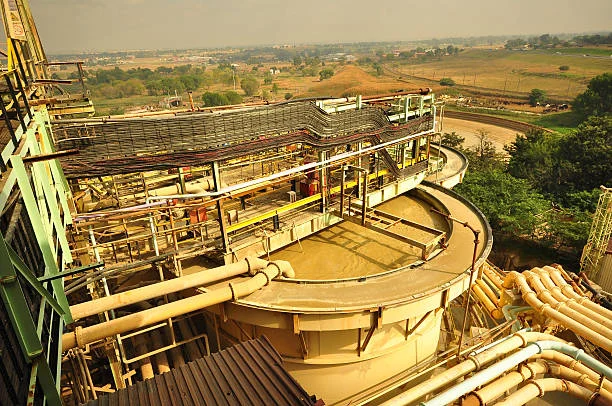
In the extraction of gold from refractory gold ores, cyanidation is a commonly used method. However, the presence of various impurities and complex mineralogical compositions in refractory gold ores often leads to low gold leaching rates and high cyanide consumption. To address these issues, the addition of certain reagents has been explored, and lead nitrate has shown potential in improving the cyanidation process.
The Role of Lead Nitrate in Cyanidation
Reaction with Gold
In a cyanide solution, lead nitrate can react with gold. It has been found that lead nitrate, along with lead sulphide and lead sulphite, can react with gold to form compounds such as AuPb₂, AuPb₃, and metallic lead. These reactions can clearly accelerate the dissolution of gold. The formation of these lead - containing compounds on the gold surface changes the electrochemical properties of the gold, facilitating the transfer of electrons during the cyanidation process, thereby promoting the dissolution of gold in the cyanide solution.
Interaction with Sulphide Minerals
Refractory gold ores often contain sulphide minerals such as pyrite, pyrrhotite, and chalcopyrite. The interaction between lead nitrate and these sulphide minerals is complex and has a significant impact on the cyanidation of gold.
Pyrite: Lead nitrate forms a hydroxide layer on pyrite particles. This layer reduces the reaction rate between pyrite and cyanide. During the dissolution of pyrite, a sulphur layer is usually generated on the gold surface, which can inhibit the cyanidation of gold. However, in the presence of lead nitrate, the formation of this sulphur layer is to some extent inhibited.
Chalcopyrite and Pyrrhotite: The effect of lead nitrate on chalcopyrite and pyrrhotite is subtler. It is less effective in retarding the reaction of these sulphides with cyanide and the reaction of iron in these minerals with oxygen. For gold in the system with chalcopyrite, the addition of lead nitrate does not show the same inhibitory effect on the formation of the sulphur layer as in the case of pyrite and pyrrhotite. X - ray photoelectron spectroscopy (XPS) analysis shows that in the presence of pyrite or pyrrhotite, no lead is detected on the surface of gold, while in the presence of chalcopyrite, a very thin layer (about 50 Å) of lead is found. This indicates that the nature of the sulphide minerals affects the formation of lead or lead alloys on the gold surface. Sometimes, in the presence of sulphide minerals, lead may not deposit on gold due to its high affinity for sulphide minerals, resulting in competing reactions.
Influence on Cyanidation Results
Gold Leaching Rate
Numerous studies and practical applications have demonstrated that the addition of lead nitrate can effectively increase the gold leaching rate. For some refractory gold ores with high - sulphur content, the addition of lead nitrate can break through the passivation layer on the gold surface, which is formed by the reaction of sulphide minerals during cyanidation, and expose more fresh gold surfaces to the cyanide solution. For example, in a case study of a certain refractory gold ore, after adding an appropriate amount of lead nitrate, the overall gold extraction increased significantly. This improvement in the gold leaching rate is crucial for improving the economic efficiency of gold mines, as it allows for more complete recovery of gold from the ore.
Cyanide Consumption
In addition to increasing the gold leaching rate, lead nitrate can also reduce cyanide consumption. In the cyanidation process of refractory gold ores, in addition to the reaction with gold, cyanide also reacts with various impurity metal ions in the ore to form metal - cyanide complexes, resulting in a large amount of cyanide consumption. The addition of lead nitrate can reduce the content of soluble metal ions in the pulp. For instance, it can react with some metal ions to form precipitates, thereby reducing their competition with gold for cyanide. As a result, the amount of cyanide required for the cyanidation of gold is reduced. In some cases, the cyanide consumption can be decreased by a significant proportion, which not only reduces the production cost but also reduces the environmental impact associated with the use of large amounts of cyanide.
Considerations for the Use of Lead Nitrate in Cyanidation
Ore Mineralogical Composition
The optimal strategy for adding lead nitrate should be based on the mineralogical composition of the ore. Different types of refractory gold ores have different proportions of sulphide minerals and other impurities. For ores rich in pyrite, the addition of lead nitrate may have a more significant effect on inhibiting the formation of the sulphur layer on the gold surface and thus improving the cyanidation effect. However, for ores mainly composed of chalcopyrite, the effect may be different. Therefore, before applying lead nitrate in industrial production, a detailed mineralogical analysis of the ore should be carried out to determine the appropriate dosage and process conditions of lead nitrate.
Dosage Control
The dosage of lead nitrate also needs to be carefully controlled. Although an appropriate amount of lead nitrate can improve the cyanidation effect, excessive addition may lead to some negative effects. For example, excessive lead nitrate may cause the formation of too many lead - containing precipitates in the pulp, which may increase the viscosity of the pulp, affect the mass transfer process during cyanidation, and even cause problems such as equipment blockage. In general, the dosage of lead nitrate needs to be determined through laboratory tests and small - scale industrial trials for specific ores. Usually, the dosage is in the range of several hundred grams per ton of ore, but it can vary significantly depending on the ore properties.
In conclusion, the addition of lead nitrate has a positive impact on the cyanidation of refractory gold ores. It can increase the gold leaching rate and reduce cyanide consumption. However, to achieve the best results, it is necessary to comprehensively consider factors such as the ore mineralogical composition and accurately control the dosage of lead nitrate. With further research and optimization, the use of lead nitrate in the cyanidation of refractory gold ores is expected to play an even more important role in the gold mining industry, improving the efficiency of gold extraction and promoting the sustainable development of the industry.
- Random article
- Popular articles
- Popular comments
- Sand gold beneficiation process
- Gravity combined beneficiation process for wolframite ore
- Lithium Ore Processing: Gravity Separation and Flotation
- Zirconium Ore Processing: Gravity, Magnetic, and Electric Separation
- Effective Gravity Beneficiation for Chromium Ore
- Efficient purification of manganese ore by magnetic separation process
- Molybdenite Grinding and Separation Process




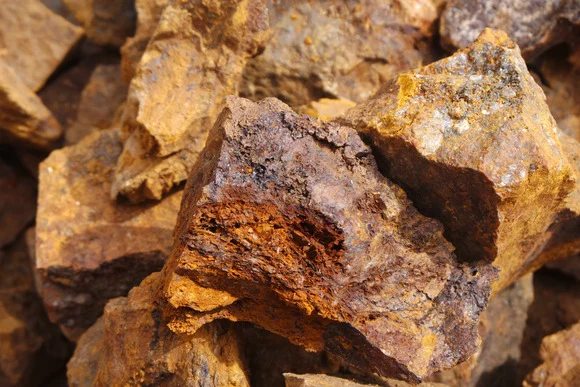
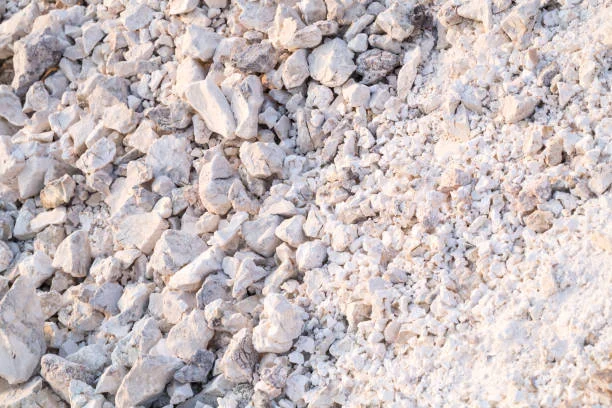
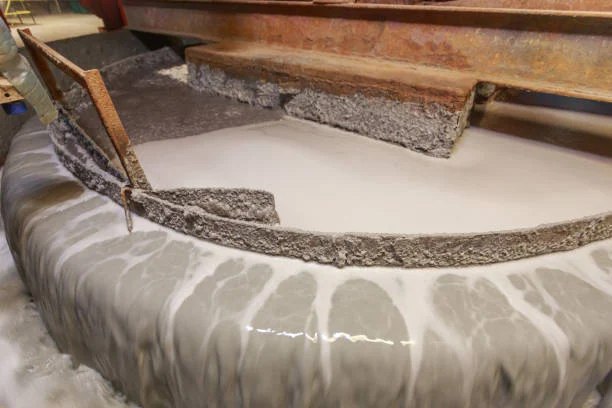

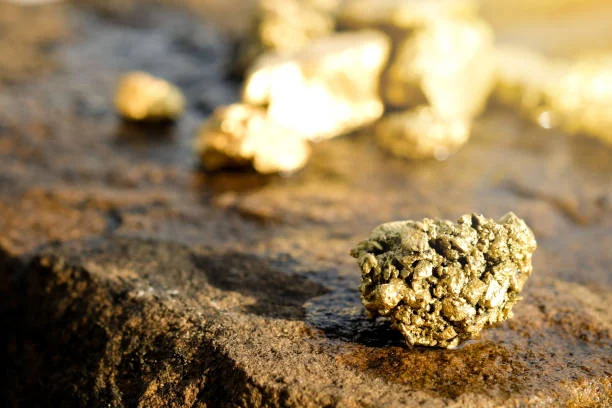
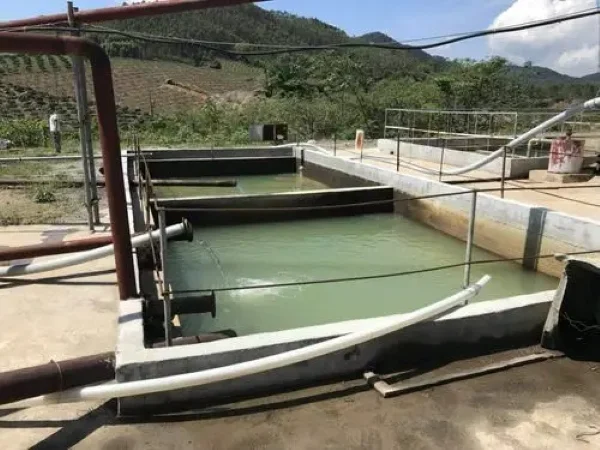


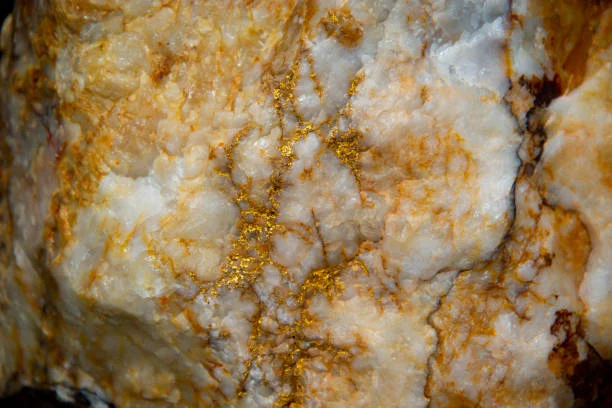
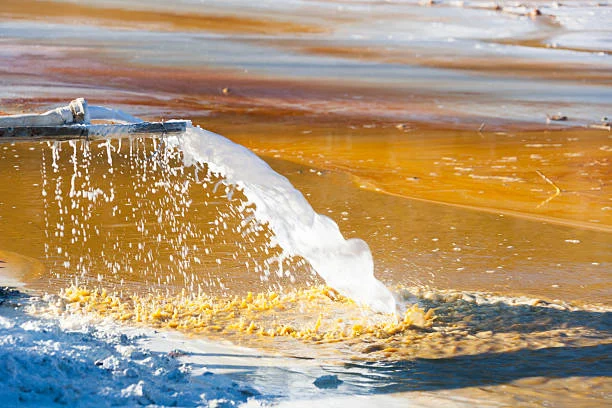


Leave a message with your needs or comments
Add comment: